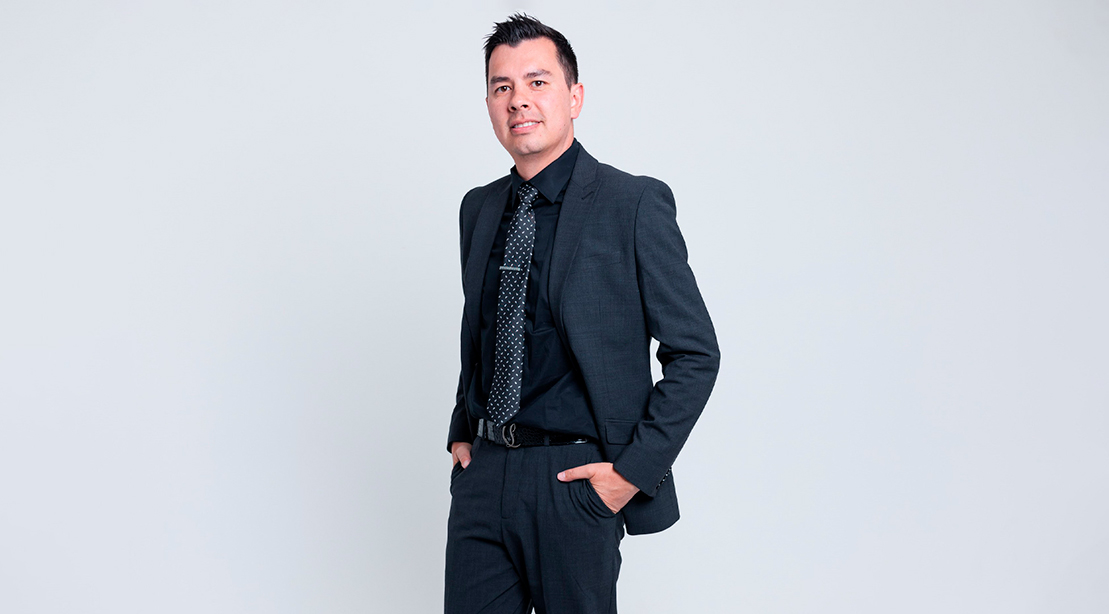28-Days-to-Lean Meal Plan
With the right plan and the right discipline, you can get seriously shredded in just 28 days.
Read article
Plastic surgery, once predominantly associated with women, is increasingly becoming a popular choice among men who are seeking to improve their appearance and boost their confidence. The American Society of Plastic Surgeons (ASPS) reported a significant rise in men undergoing cosmetic procedures, with a 29 percent increase from 2000 to 2020. This trend reflects a societal shift towards the acceptance of male aesthetic enhancement and the desire for a well-proportioned physique.
The most common plastic surgery procedures for men include rhinoplasty (nose reshaping), blepharoplasty (eyelid surgery), liposuction, and gynecomastia surgery.
Minimally invasive treatments such as Botox, dermal fillers, and laser hair removal are also gaining popularity. According to the ASPS, approximately 1.3 million cosmetic procedures were performed on men in 2020 alone.
Men increasingly opt for procedures that provide subtle, natural-looking results with minimal downtime. This trend is driven by the desire to maintain a competitive edge in the workplace, improve self-esteem, and meet societal standards of male beauty. Additionally, advancements in surgical techniques and technologies have made these procedures safer and more effective, encouraging men to seek aesthetic enhancements.
Gynecomastia treatment is among the various procedures gaining popularity with men. Gynecomastia, the enlargement of breast tissue in men, can cause significant physical and psychological discomfort. Characterized by the presence of excess glandular tissue in one or both breasts, it can lead to a feminine-looking chest, prompting many men to seek corrective surgery to restore a more traditionally masculine appearance.
Several factors can contribute to the development of gynecomastia. Hormonal imbalances between estrogen and testosterone levels are the most common cause, which can occur naturally during puberty, aging, or due to certain medical conditions.
Medications such as anabolic steroids, anti-androgens, certain antidepressants, and drugs for heart conditions can also lead to gynecomastia. Additionally, health conditions like hyperthyroidism, kidney failure, and liver disease may contribute to the development of this condition. Substance use, including alcohol, marijuana, and other recreational drugs, can further increase the risk of gynecomastia.
Gynecomastia can be treated through various methods depending on the underlying cause and severity of the condition. Medications that adjust hormone levels may be prescribed in cases caused by hormonal imbalances. Lifestyle changes, such as reducing alcohol consumption, stopping recreational drug use, and adjusting medications under medical supervision, can help alleviate symptoms. Surgical intervention is often the most effective treatment for persistent gynecomastia. Reduction mammoplasty, the surgical procedure for gynecomastia, involves the removal of excess glandular tissue, fat, and skin to create a flatter, more masculine chest. Liposuction may also be used with tissue excision to achieve optimal results.
Ideal candidates for gynecomastia treatment are physically healthy men, as good overall health minimizes the risks associated with surgery and aids in a smooth recovery. Candidates should also have realistic expectations and understand the potential outcomes and limitations of the procedure. Men whose quality of life is affected by physical or emotional discomfort due to enlarged breast tissue are prime candidates for treatment. For adolescents, it is recommended to wait until breast development has stabilized before considering surgery.
The benefits of gynecomastia treatment extend beyond physical improvements to include psychological and emotional well-being. Achieving a flatter, more masculine chest can significantly improve one’s body image and self-esteem. Many men report feeling more confident in social and intimate situations post-surgery. Reducing excess breast tissue can alleviate physical discomfort, making activities like exercise and sports more enjoyable. Additionally, with a more proportional chest, men often find improvements in their posture and overall mobility.
One of the renowned plastic surgeons who provides gynecomastia treatment is Dr. Jerry Chidester, also known as Dr. Chiddy. With offices in Utah, Dr. Chidester offers a specialized procedure designed to address gynecomastia, helping men transform their physique and enhance their overall well-being.
Dr. Chidester’s approach to gynecomastia surgery is highly personalized, ensuring that each patient receives a treatment plan tailored to their needs and goals. Dr. Chidester aims to minimize scarring and ensure a natural-looking result by utilizing advanced surgical techniques. Liposuction may be employed alongside tissue excision to achieve a well-contoured chest.
Choosing a skilled and experienced surgeon like Dr. Chidester is vital for achieving optimal outcomes. His expertise in gynecomastia surgery and commitment to a
personalized approach means that patients can expect natural-looking and long-lasting results. Dr. Chiddy’s comprehensive pre- and post-operative care ensures that each patient is well-prepared for the procedure and supported throughout their recovery.
“In our new facility, we provide a space so that a family member does not have to take care of the patient the first night. That’s a lot for a family member to do that,” explains Dr. Chidester. “They may not be familiar with anything medical, which can be daunting and stressful. So, we offer a place where you can have surgery and then stay overnight where a nurse can watch you and ensure your safety.”
Understanding the available treatments for gynecomastia offers valuable insights into reclaiming one’s body and confidence. As the acceptance of male plastic surgery continues to grow, procedures like gynecomastia treatment provide men with the opportunity to enhance their appearance and improve their quality of life.
M&F and editorial staff were not involved in the creation of this content.